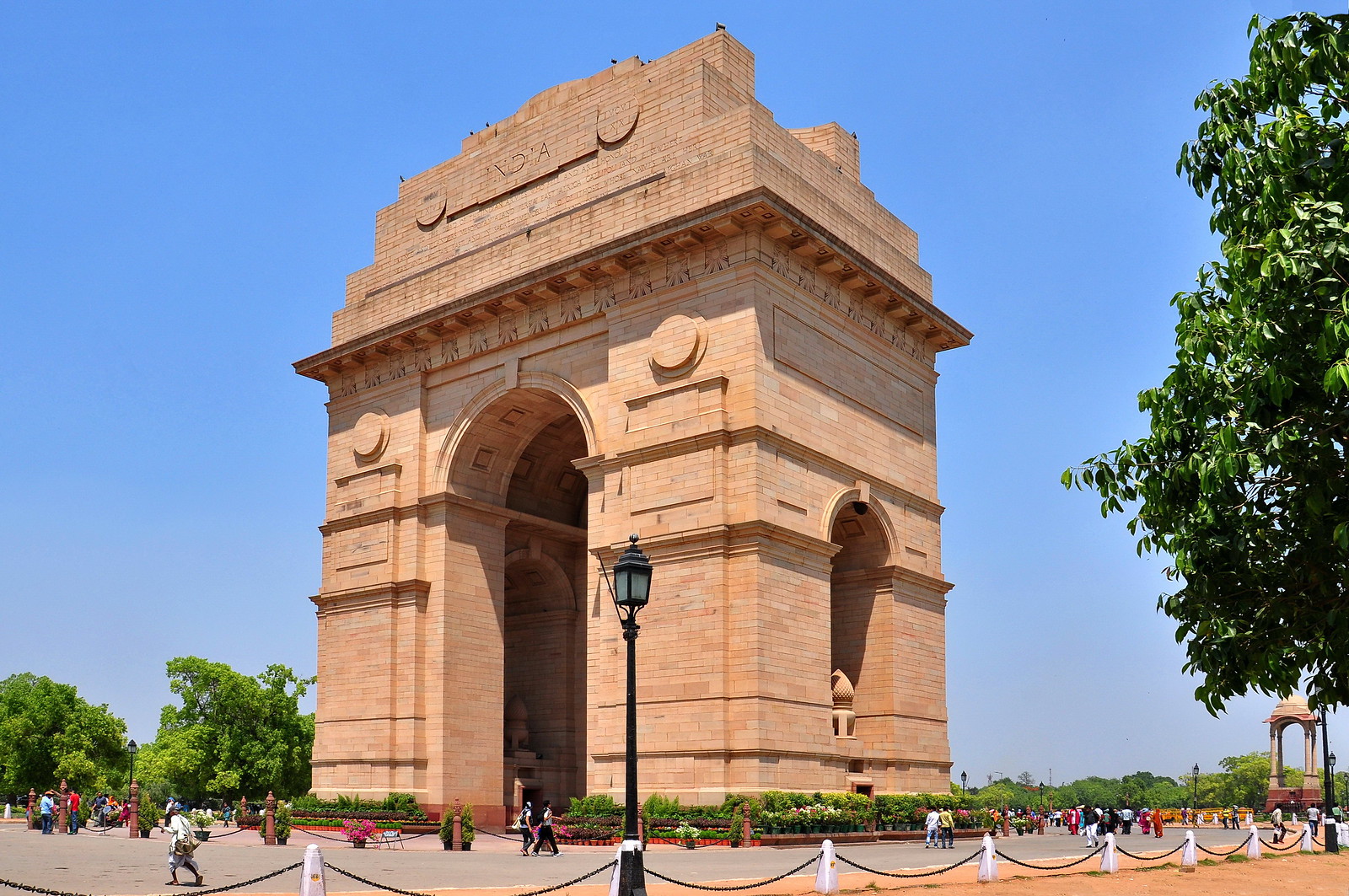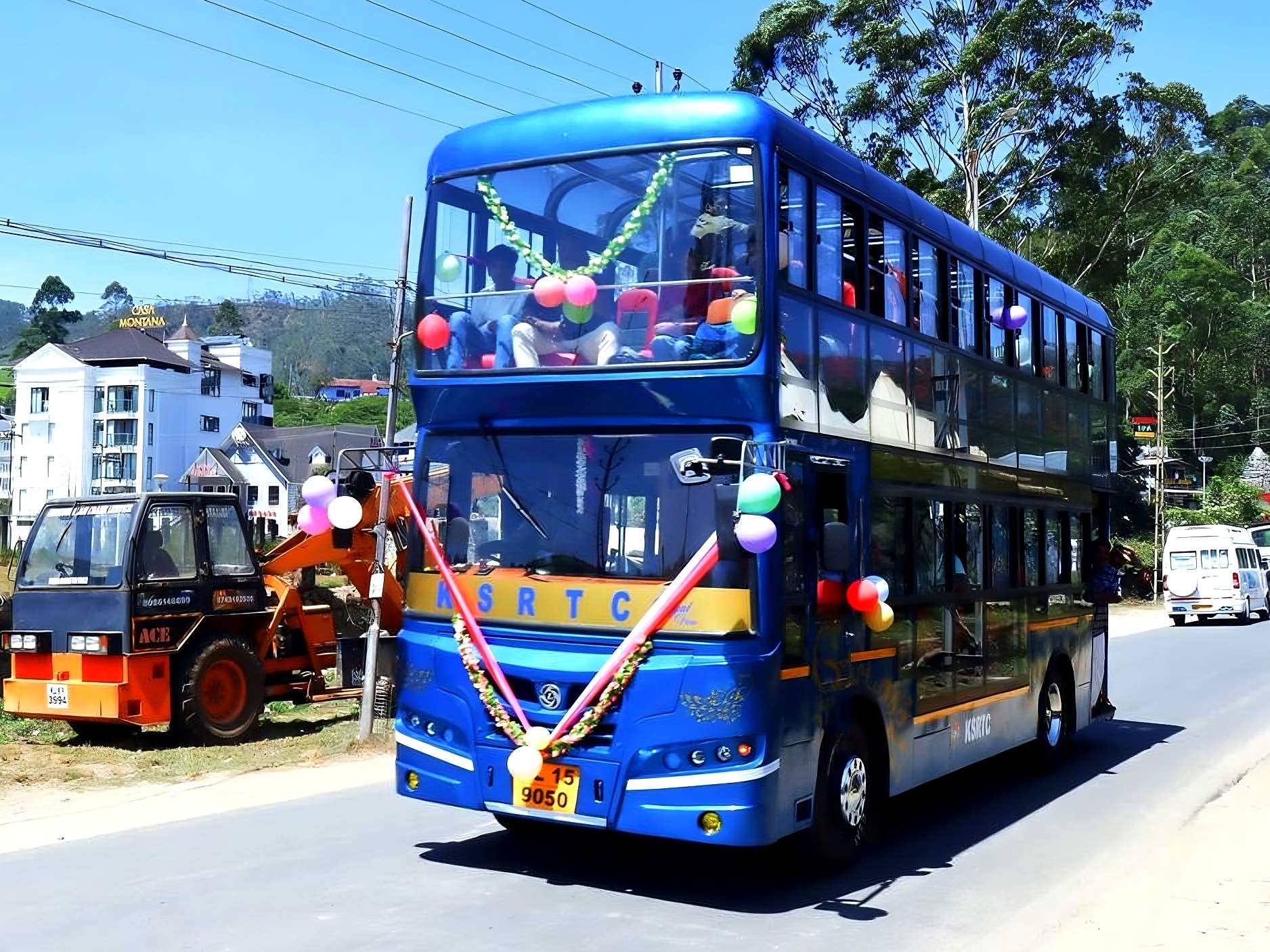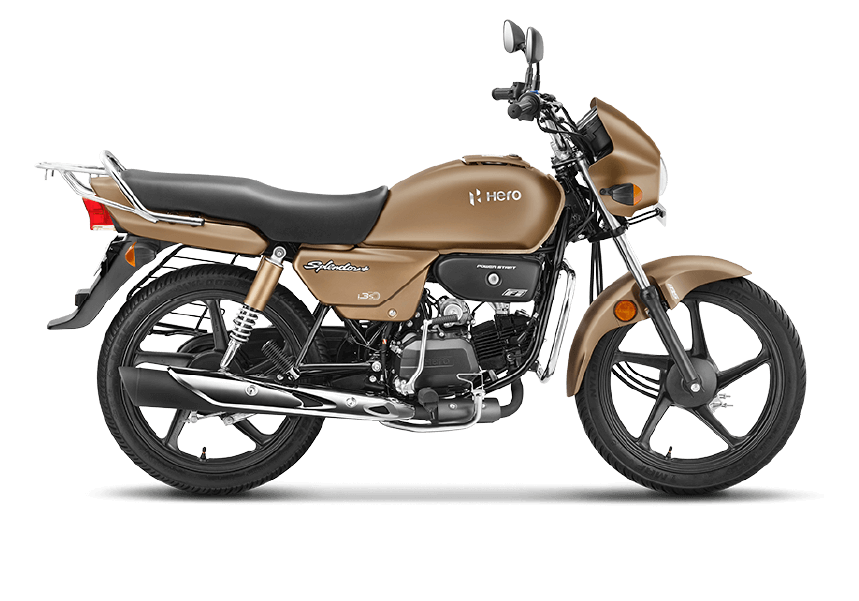Delhi boasts a rich and ancient history, reflected in its various names:
- Indraprastha: The legendary city mentioned in the Hindu epic Mahabharata, believed to be the earliest settlement in the area.
- Dilli: First used around the 8th century CE, possibly derived from “Dhillika,” meaning “mound” or “elevated land.”
- Qila Rai Pithora: Named after the Rajput king who ruled Delhi in the 12th century.
- Delhi: The name became widespread under the Delhi Sultanate and Mughal Empire, eventually becoming the official designation.
2. Famous Things:
Delhi is an awe-inspiring blend of history, culture, and modern vibrancy. Some of its iconic features include:
- Historical Monuments:
- Red Fort: Majestic Mughal fort and UNESCO World Heritage Site.
- Humayun’s Tomb: Exquisite example of Mughal architecture, inspiring Taj Mahal’s design.
- Qutub Minar: Tallest brick minaret in the world, showcasing Indo-Islamic architectural mastery.
- Spiritual Sites: Jama Masjid, Akshardham Temple, Gurudwara Bangla Sahib, Lotus Temple are just a few examples of Delhi’s diverse religious tapestry.
- Vibrant Markets: Bustling bazaars like Chandni Chowk, Dilli Haat, and Khan Market offer a sensory overload of spices, crafts, and local delicacies.
- Modern Marvels: India Gate, Rashtrapati Bhavan, and Jantar Mantar showcase Delhi’s modern architectural and scientific achievements.
3. Geographical Landscape:
Delhi sits on the Yamuna River in North India, bordered by:
- North: Uttarakhand
- West: Haryana
- East: Uttar Pradesh
- South: Rajasthan
The landscape includes fertile plains, the Aravalli Hills on the western border, and the Yamuna River flowing through the city.
4. Festivals:
Delhi celebrates a kaleidoscope of festivals throughout the year, reflecting its rich cultural diversity:
- Diwali: The Festival of Lights, marked by illuminations, rangoli making, and family gatherings.
- Dussehra: Celebrates the victory of good over evil, featuring vibrant processions, effigy burning, and cultural performances.
- Holi: The Festival of Colors, a joyous celebration with colorful powders, music, and dancing.
- Navratri: Nine days of devotion to the goddesses Durga, Lakshmi, and Saraswati, with fasting, garba dances, and spiritual performances.
- Eid-ul-Fitr: Celebrated by Muslims, marking the end of Ramadan with prayers, feasts, and gift-giving.
- Christmas and New Year: Christians celebrate Christmas with church services, carols, and праздничный пирог, while New Year is welcomed with jubilant parties and fireworks.
5. Dance and Music:
Delhi’s artistic pulse beats with a variety of vibrant dances and musical styles:
- Classical Music: Hindustani and Carnatic classical traditions flourish in concerts and performances.
- Folk Music: Qawwali, Sufi music, and regional folk tunes like Bhangra and Chhoti Bahen add a soulful touch.
- Bollywood Music: The city is the heart of Bollywood, and its catchy tunes and electrifying dance moves permeate the cultural scene.
- Traditional Dances: Kathak, Bharatanatyam, and Odissi are showcased in elegant performances.
- Contemporary Forms: Fusion dance blending modern and traditional styles finds its home in Delhi’s dynamic artistic scene.
This glimpse into Delhi’s vibrant tapestry captures its historical grandeur, cultural richness, and modern energy. Whether you’re captivated by its ancient monuments, pulsating festivals, or diverse artistic expressions, Delhi promises an unforgettable experience.
So, delve deeper into this fascinating city and discover its hidden gems waiting to be unveiled!
Deeper Dive into Delhi’s Enchanting Palette:
6. Famous Old Literatures and Culture:
- Epics and Mythology: Mahabharata, Ramayana, and other ancient texts are deeply woven into the city’s cultural fabric, reflected in temple carvings, religious practices, and storytelling traditions.
- Sufi Poetry: Delhi was a renowned center for Sufi poets like Amir Khusro and Mirza Ghalib, whose verses resonate with spiritual themes and love.
- Mughal Chronicles: Baburnama, Ain-i-Akbari, and other literary works offer insights into the Mughal era, shaping Delhi’s architectural marvels and administrative structures.
- Colonial Literature: Writers like Rudyard Kipling and Khushwant Singh documented the British Raj’s impact on Delhi, providing historical and cultural perspectives.
- Modern Literature: Contemporary authors like Vikram Seth, Anita Desai, and Arundhati Roy give voice to contemporary Delhi’s complexities and diverse narratives.
7. Temples:
Delhi boasts a magnificent array of temples, each steeped in history and showcasing diverse architectural styles:
- Akshardham Temple: A modern marvel blending traditional Hindu architecture with intricate carvings and stunning light shows.
- Jama Masjid: The largest mosque in India, featuring majestic red sandstone and intricate Mughal craftsmanship.
- Lotus Temple: Bahai House of Worship, resembling a lotus flower and symbolizing unity and peace.
- Birla Mandir: Dedicated to Lord Vishnu and Lakshmi, showcasing white marble architecture and serene ambiance.
- Hanuman Mandir: Popular monkey temple dedicated to Lord Hanuman, known for its vibrant celebrations and unique offerings.
- Laxmi Narayan Temple: Dedicated to Lord Vishnu and Lakshmi, featuring ancient architecture and intricate carvings.
These are just a few examples; Delhi offers a plethora of temples representing various Hindu denominations and reflecting the city’s rich religious heritage.
8. Beaches:
While Delhi itself doesn’t have beaches, some stunning coastal destinations lie within a few hours’ drive:
- Goa: Paradise beaches like Candolim, Anjuna, and Palolem offer sun, sand, water sports, and vibrant nightlife.
- Kerala: Picturesque beaches like Kovalam, Alappuzha, and Varkala provide a serene escape with palm trees, backwaters, and Ayurvedic treatments.
- Daman and Diu: Union territory near Mumbai boasts beautiful beaches like Devka and Jampore, ideal for relaxation and water activities.
A weekend trip to these coastal havens allows you to escape the city’s bustle and soak up the sun and beachside vibes.
9. Hills:
While Delhi doesn’t have hills within its borders, scenic options are within reach:
- Aravalli Hills: Hills on the western border offer adventure activities, trekking trails, and breathtaking views.
- Nainital: Hill station in Uttarakhand known for its picturesque lake, colonial architecture, and scenic boat rides.
- Mussoorie: “Queen of the Hills” in Uttarakhand, renowned for its colonial charm, stunning Himalayan backdrop, and diverse flora and fauna.
- Shimla: Former summer capital of British India, offering mountain panoramas, colonial architecture, and apple orchards.
These hill stations provide a refreshing escape from Delhi’s heat and offer stunning natural beauty, adventure activities, and a peaceful retreat.
10. Wildlife Sanctuaries:
Delhi lacks wildlife sanctuaries within its urban confines, but several are easily accessible:
- Delhi Zoological Park: Houses diverse animal species from around the world, offering educational and recreational opportunities.
- National Chambal Sanctuary: Renowned for its gharials and diverse birdlife, located along the Chambal River.
- Sultanpur National Park: Situated in Haryana, this park shelters diverse birds, reptiles, and mammals.
- Jim Corbett National Park: In Uttarakhand, this renowned park is home to tigers, elephants, and diverse wildlife, offering wildlife enthusiasts unforgettable experiences.
Visiting these sanctuaries allows you to witness India’s rich biodiversity and engage in wildlife viewing, birdwatching, and
Unveiling More Delicious Slices of Delhi:
12. Cuisine and Street Food:
Delhi’s culinary scene is a vibrant tapestry of flavors and textures, a delightful blend of regional influences and unique street food delights:
- Mughlai Delicacies: Revel in rich stews like korma and nihari, succulent kebabs, and aromatic biryanis, a legacy of the Mughal era.
- Punjabi Flavors: Savory tandoori dishes, creamy curries like butter chicken and chole bhature, and sweet lassi offer a taste of Punjab’s culinary heritage.
- South Indian Influence: Dosa, idli, sambar, and filter coffee bring the South Indian flavors to Delhi’s streets, offering vegetarian options and unique spices.
- Street Food Paradise: Indulge in Delhi’s iconic street food scene with chaat, gol gappe, samosas, parathas, and kulfi, each bite bursting with flavors and spices.
- Global Palate: Delhi caters to diverse palates with international restaurants offering Italian, Chinese, Thai, and other cuisines.
13. Renowned Medical Hospitals (5):
Delhi boasts top-notch healthcare facilities, some of the renowned include:
- All India Institute of Medical Sciences (AIIMS): Premier medical institute, offering advanced treatment and research across various specialties.
- Max Super Speciality Hospital, Saket: Multi-specialty hospital known for its excellence in cardiology, oncology, and other specialties.
- Fortis Escorts Heart Institute: Renowned cardiac care center with expertise in advanced treatment procedures.
- Sir Ganga Ram Hospital: Established hospital offering comprehensive medical care in various departments.
- BLK Super Speciality Hospital: Multi-specialty hospital with expertise in orthopedics, neurosurgery, and other specialties.
14. Cinema Industry and Top 10 Theatres:
Delhi is a hub for the Hindi film industry, also known as Bollywood:
- Production Houses and Studios: Filmmakers and studios create magic in Film City Noida and various production houses.
- Top 10 Theatres:
- PVR Priya Complex, Vasant Kunj
- PVR Anupam Complex, Saket
- INOX Mehrauli
- PVR Chanakyapuri
- PVR Sapphire Mall, Hauz Khas Village
- Wave Cinemas, Noida
- INOX Dwarka City Centre
- PVR Pacific Mall, Vikaspuri
- Carnival Cinemas, Connaught Place
- Raj Mandir: Iconic single-screen cinema showcasing classic and independent films.
15. Industrial Places and Jobs:
Delhi is a major industrial hub with diverse opportunities:
- NCR (National Capital Region): Gurgaon, Noida, Greater Noida, Ghaziabad house various industries like IT, manufacturing, automobile, pharmaceuticals, and more.
- Industrial Areas: Okhla Industrial Area, Bawana Industrial Area, Mehrauli Industrial Area offer jobs in various sectors.
- Job Opportunities: Skilled labor, engineers, IT professionals, managers, marketing professionals find diverse opportunities across industries.
16. Agricultural Practices:
While not the dominant sector, Delhi has pockets of agricultural activity:
- Focus on vegetables and fruits: Farmers prioritize profitable crops like tomatoes, potatoes, onions, cauliflower, and fruits like mangoes, grapes, and melons.
- Organic farming: Growing awareness leads to sustainable practices like organic farming and vermi-composting.
- Modern techniques: Drip irrigation and greenhouses optimize water usage and increase yield.
- Challenges and opportunities: Limited land availability, water scarcity, and dependence on external markets pose challenges, but government initiatives and technology adoption offer potential for growth.
Remember, this
Delving Deeper into Delhi’s Tapestry:
17. Famous Brand Names from Delhi:
Delhi has nurtured some iconic brands that have gained national and international recognition:
- Fabindia: Established handicraft chain promoting traditional Indian crafts and textiles.
- Haldiram’s: Popular snack and sweets brand recognized for its high-quality sweets, savories, and namkeens.
- Bikanervala: Leading sweets and savories chain renowned for its delectable Indian sweets and snacks.
- Zomato: Online food delivery platform revolutionizing the food delivery landscape in India and beyond.
- Oyo Rooms: Hospitality chain offering budget-friendly hotels and home-stays, disrupting the traditional hotel industry.
- Durolite: Renowned luggage brand known for its durable and stylish suitcases and travel bags.
18. Cultural Practices:
Delhi’s vibrant cultural tapestry is woven from diverse traditions and practices:
- Festivals: Diwali, Dussehra, Holi, Eid, Christmas, and numerous other festivals are celebrated with fervor, reflecting the city’s religious and cultural diversity.
- Food and Cuisine: Diverse culinary traditions from Mughlai and Punjabi to South Indian and street food experiences reflect the city’s rich history and cosmopolitan character.
- Music and Dance: Hindustani classical music, Bollywood tunes, qawwali, and Sufi music fill the air, while classical and contemporary dance forms like Kathak and Bharatanatyam enthrall audiences.
- Art and Crafts: Delhi is a hub for traditional and contemporary art, with museums, galleries, and bazaars showcasing paintings, sculptures, textiles, and handicrafts.
- Spiritual Life: Diverse religious communities coexist peacefully, with numerous temples, mosques, churches, and gurudwaras catering to their spiritual needs.
- Family and Community: Strong family bonds, respect for elders, and community gatherings are integral aspects of Delhi’s social fabric.
19. Traditional Clothing:
Delhi’s rich cultural heritage is reflected in its diverse traditional clothing:
- Women: Sari, the quintessential Indian garment, draped in various styles, paired with blouses and jewelry.
- Men: Kurta-pyjama, a comfortable and elegant combination of a long tunic and loose trousers.
- Headwear: Women often wear dupattas or chunnis with sarees, while men may wear turbans or pagdis on special occasions.
- Embroidery and embellishments: Zari embroidery, sequins, and other embellishments add a touch of elegance to traditional attire.
- Modern influences: Contemporary fashion trends blend with traditional styles, creating a unique fusion in Delhi’s sartorial landscape.
20. Caste and Community of Origin:
Delhi is a melting pot of diverse communities, each with its own unique history and traditions:
- Major Communities: Punjabi, Haryanvi, Rajasthani, Uttar Pradeshi, Bihari, Maratha, South Indian, Muslim, Christian.
- Historical influence: Mughal rule left its mark with communities like Pathans and Mughals.
- Caste System: While less evident in urban areas, the caste system still influences social dynamics in some circles.
- Cultural diversity: Each community brings its own cultural practices, festivals, and cuisines, enriching the city’s vibrant tapestry.
21. Educational Institutions:
Delhi boasts a multitude of prestigious educational institutions catering to diverse academic pursuits:
- Universities: University of Delhi, Jawaharlal Nehru University, Delhi Technological University, Jamia Millia Islamia offer undergraduate and postgraduate programs in various fields.
- Medical colleges: All India Institute of Medical Sciences, Maulana Azad Medical College, Lady Hardinge Medical College are renowned centers for medical education and research.
- Business schools: Indian School of Business, Faculty of Management Studies, Delhi School of Economics are leading institutions for management education.
- Others: National Institute of Design, National School of Drama, and numerous prestigious schools cater to creative and performing arts education.
22. Water Resources:
While water scarcity is a challenge, Delhi relies on various resources:
- Yamuna River: The main source of water, although facing pollution challenges.
- Delhi Jal Board: Provides treated water to the city through a network of canals and pipelines.
- Yamuna Barrage: Regulates the flow of the Yamuna and supplies water for irrigation and industrial use.
- Groundwater: Wells and borewells supplement surface water resources.
- Water conservation efforts: Rainwater harvesting and awareness campaigns are crucial for sustainable water management.
Remember,


